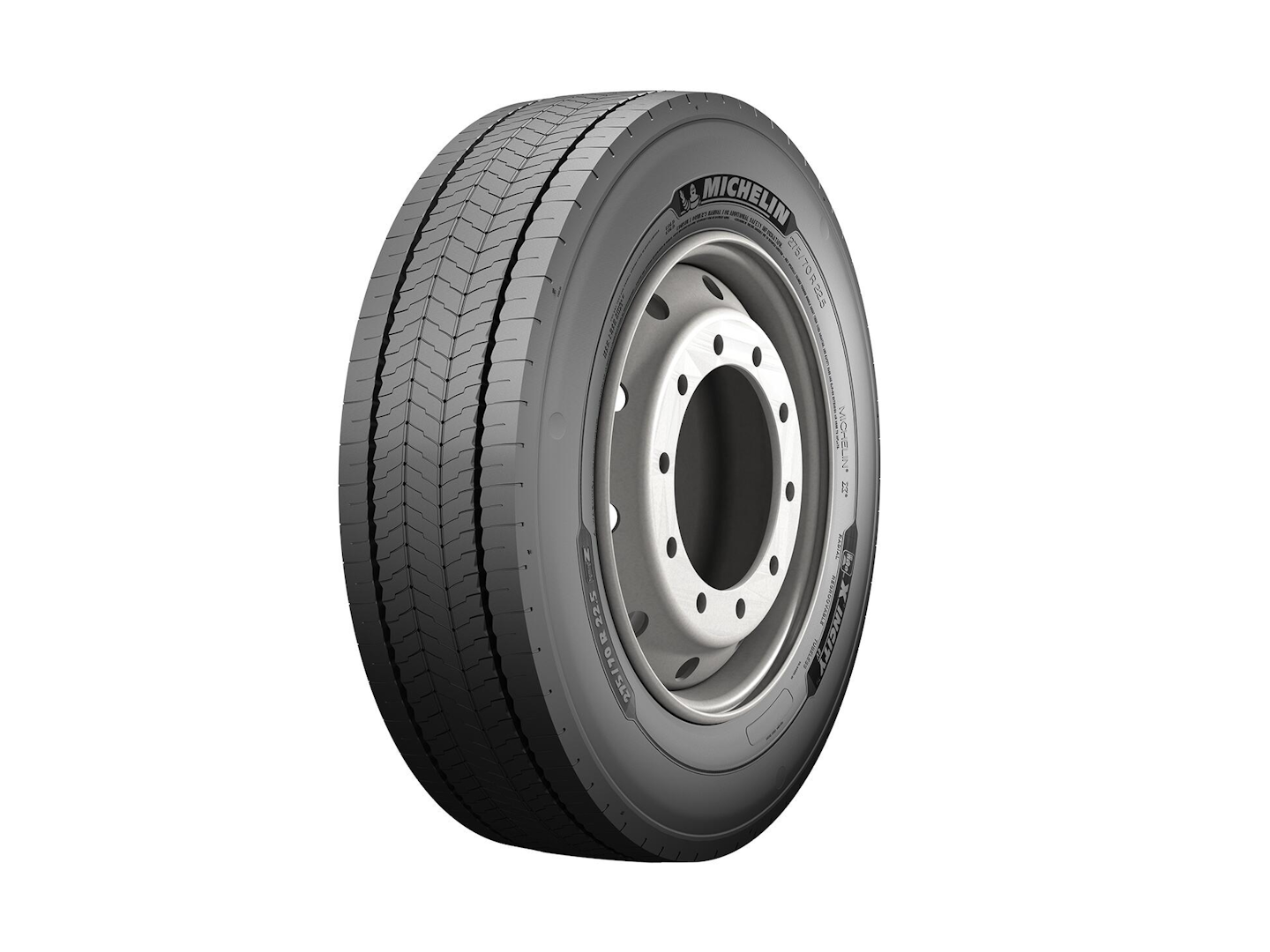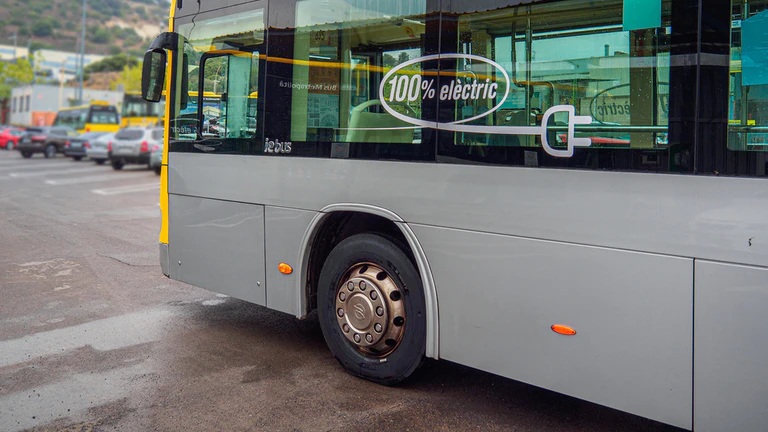The company’s first standard size tire, specifically designed for electric buses, combines safety, longevity, and respect for the environment to increase load capacity, according to Michelin.
Michelin launched its first range of electric bus tires, Michelin X Incity EV Z, on May 1 that can also be adapted for use on traditional urban and suburban vehicles. Initially designed for electric vehicles, the new tire range can also be used on traditional buses.
While 5,000 electric buses are in use in Europe today, there will be ten times more on the road only five years from now, according to the company. With this new tire range, Michelin aims to continue transitioning towards cleaner, more efficient and more independent electric mobility solutions.
To handle the weight of electric buses, which are heavier due to their batteries, Michelin X Incity EV Z tires were made to have an increased load capacity of up to 8 tonnes. In the interest of continually enhancing safety, particular attention has been paid to protecting the tire sidewalls, as they are regularly in contact with sidewalk edges. A wear indicator on the side indicates when the tires need to be rotated. Photo: Michelin
Photo: Michelin
Built with Michelin Regenion technology, the new EV tire range is built with a progressive tread design that delivers longitudinal and lateral grip. According to Michelin, the 10% greater longevity of the tires, combined with their 13% better rolling resistance and increased load capacity, make a great combination for reducing fleet operating costs.
Michelin has decided on a standard size to facilitate fleet management: 275/70 R 22.5 152/149J. Designed to be regroovable and retreadable, this range is marked 3PMSF, which attests to its high level of grip on snow-covered roads, the company noted.
Source: https://www.fleetowner.com/
CUT COTS OF THE FLEET WITH OUR AUDIT PROGRAM
The audit is a key tool to know the overall status and provide the analysis, the assessment, the advice, the suggestions and the actions to take in order to cut costs and increase the efficiency and efficacy of the fleet. We propose the following fleet management audit.




